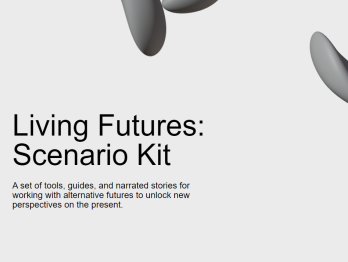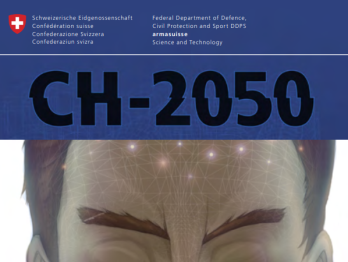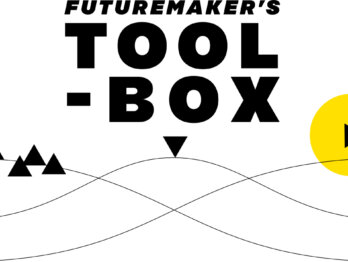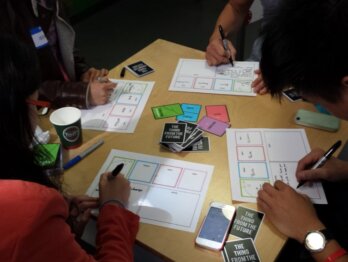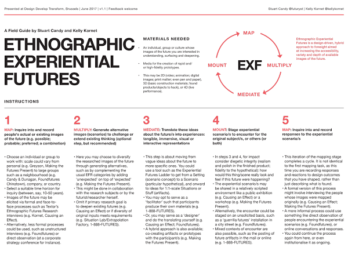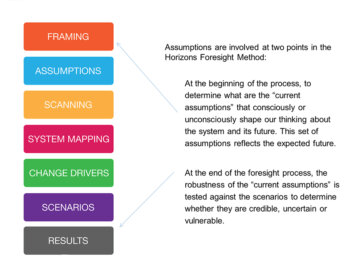How can I make my anticipation work more engaging and immersive?

Doing futures work, you always have situations where you need to involve others. Conveying abstract ideas about imagined futures to other people — those who haven’t been part of the preceding work and often in very little time — can be highly challenging.
When presenting a scenario, you’re trying to provide a window to a world that has yet to manifest. In order for it to be convincing it must feel alive. This means that even if you have a clear and narrow focus, your work will never truly come alive until it feels anchored in a nuanced reality with a coherent internal logic. You might only be describing a single interaction between two people in an empty room but that interaction never happens in a vacuum. There is something on the other side of those walls. You want people to be able to imagine what would happen if they were to open the door and step outside. Sometimes you have the time to build that world together with your participants, other times you have to be concise.
In order to help people imagine more easily and vividly it is often very useful to think in terms of stories and experiences. You can do that by bringing your scenarios to life with characters and storytelling, by enacting or simulating situations from your alternative futures, by designing artefacts, or by thinking in terms of activating people’s senses (e.g. visuals, audio, smell or props) or by removing sensory input (e.g. using blindfolds or hearing protection). It can also help to intentionally leave things out that your audience will expect you to cover, thus inviting them to use their own imagination to fill in the blanks. This turns them from passive observers into active participants. Involving them will make the work more engaging and memorable. The cases and tools included in Anticipatory Innovation Resources have various examples of how to do this.
It is of course worth considering what approach might work best with a given audience. In some contexts it might feel inappropriate to push the boundaries but sometimes that is exactly what is needed to get people to put their guard down and get out of their typical role. Even if you have limited time it is worth considering whether a short story actually might convey a much richer picture of a possible future than a sober and to-the-point summary.





